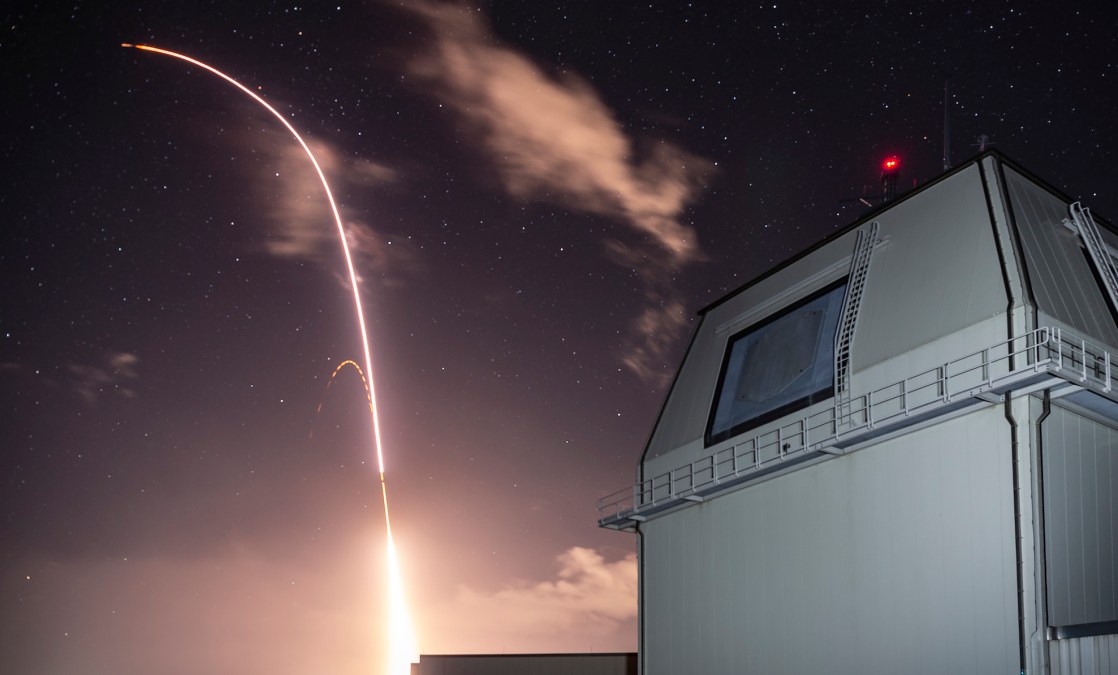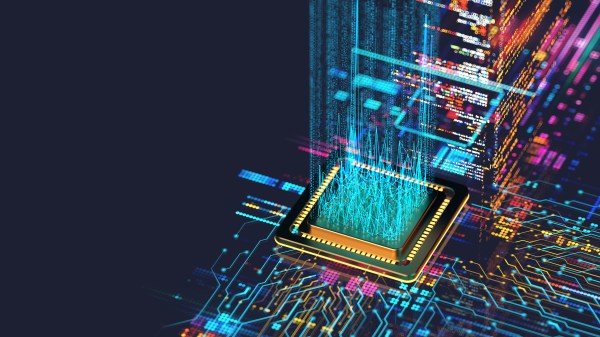For military AI to reach the battlefield, there are more than just software challenges

As the military tries to enable artificial intelligence on the battlefield, building databases and coding software are only part of the picture.
AI goals like the Army’s desires for autonomous vehicles or creating “hyper-enabled operators” will require computing systems to become more efficient, military technologists said during a recent panel. The challenge is in deploying “edge computing,” where the high-power processors needed to run AI systems are dispersed in the field rather than located only in a central cloud system.
Better hardware at the edge means less reliance on communications networks that can be denied, degraded or jammed by enemy forces. For example, sending raw data from the field to a central AI system just for an unmanned vehicle to determine if a road is turning right or left is not realistic, the experts said.
“It is great to see a lot of the commercial industries pushing their AI products to be able to work in edge-type environments,” Brig. Gen. Matt Easley, lead of the Army AI task force, said at the Defense One virtual Tech Summit
One of the commercial industry products the Army is looking to scale is augmented reality googles. Adding small, but powerful computing systems to headsets that can display motion graphics can help soldiers in the field, Easley said. There are other IT needs to enable this new type of edge computing that ranges from mobile power sources to different network architectures to handle secure transmissions.
“When we talk about edge systems, we invariably have to think about size, weight and power and communications,” Hans Cho, a staff scientist at the Naval Research Lab said.
“The commercially available systems are always invariably tethered,” Cho said. “That puts an incredible burden on the system.”
Other types of systems that edge computing would help are autonomous vehicles and communications systems like Joint All Domain Command and Control (JADC2), the military’s network-of-networks intended to connect “every sensor to every shooter,” as the common saying goes. The “hyper-enabled operator,” meanwhile, is what Special Operations Command (SOCOM) calls the fighter whose connections and tech capabilities are enhanced with high-powered computing.
“At the end of the day this is really driven by the processing power,” Lisa Sanders, director of science and technology at SOCOM, said.
Brain-like computer chips
Among the hardware that the Naval Research Lab is working to develop are “memristers,” or transistors not made of silicon but out of material that more closely mimics the neurons of the brain. The goal is to achieve what’s called “neuromorphic,” or brain-like computer systems that enable greater power tailored for more independent AI systems.
Other military labs, like the Army’s, have released proposals for and funded research of lighter, more powerful batteries and other network infrastructure that is more efficient. Other research has focused on how to increase the efficiency of networking multiple high-powered computers to drive a distributed AI system. The idea is if you have multiple different computers processing data on a network, linking them together can team their efforts.
“The tectonic shift is putting the power in the hands of the operator,” Preston Dunlap, the Air Force’s chief architect for its Advanced Battle Management System (ABMS), which is the technical backbone behind the JADC2 concept.






